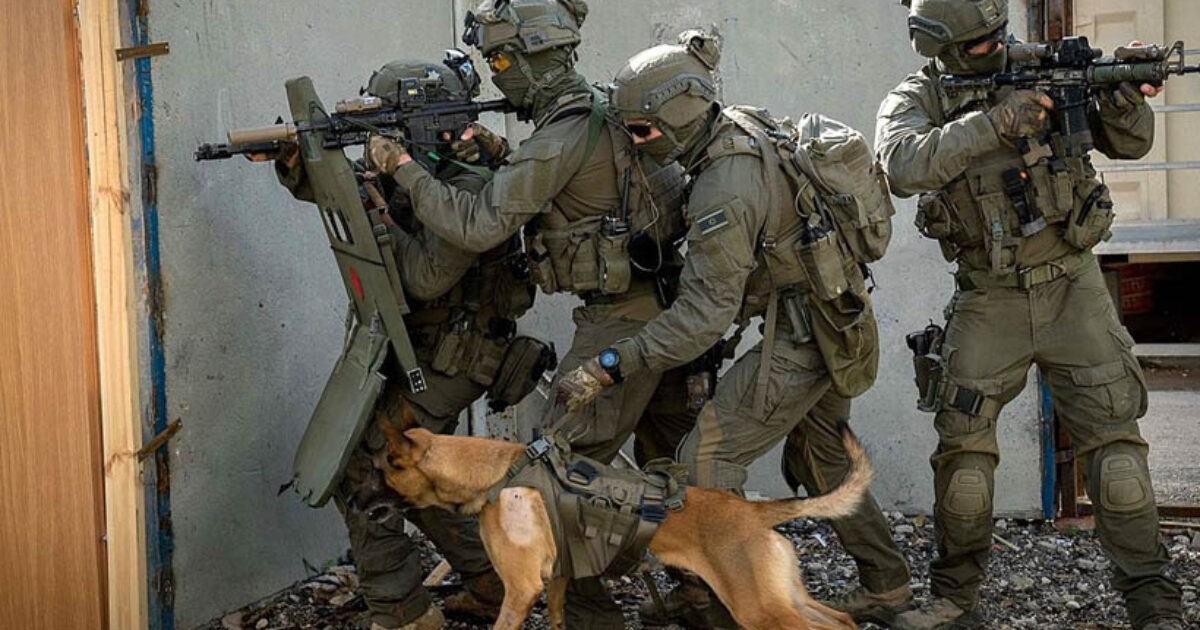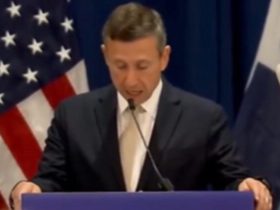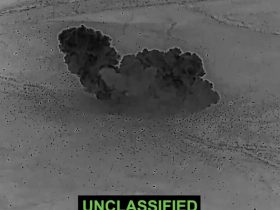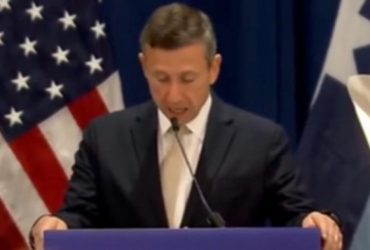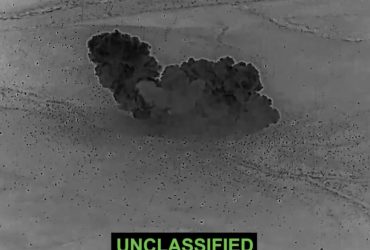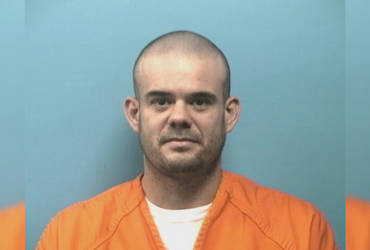Yamam, one of Israel’s anti-terrorist units – Photo: Wikipedia – CC BY-SA 3.0
In recent days, Lebanon has been hit by a wave of explosions involving pagers and other handheld communication devices used primarily by Hezbollah members. On September 17, 2024, thousands of pagers simultaneously exploded across Lebanon and parts of Syria, killing at least 12 people and injuring thousands. The victims were mostly Hezbollah members, although civilians, including children and health workers, were also affected. The explosions appear to have been part of a sophisticated attack, possibly involving tampered devices that were rigged to detonate remotely.
A second wave of explosions occurred on September 18, targeting walkie-talkies and other communication devices, resulting in further casualties. Speculation suggests that the Israeli government may have been involved, though Israel has not commented officially. The incidents have drawn condemnation from international organizations for the indiscriminate damage caused to civilians. However, these organizations have failed to protect Israel from Hezbollah or Hamas. Additionally, since terrorists like Hamas and Hezbollah do not wear uniforms, they always cry “civilian casualties” when they reap what they sow. Since October 7th, Hezbollah has been ramping up its threats to wipe Israel off the map. Now, Hezbollah may understand that talk is easier than war.
This series of attacks represents a significant escalation in the ongoing conflict between Hezbollah and Israel, with technology being weaponized in a way that has not been seen on such a scale before
Mossad, Israel’s national intelligence agency, is widely regarded as one of the most effective special operations forces in the world due to its success in covert operations, human intelligence gathering, and targeted assassinations. The agency has executed high-profile missions such as Operation Wrath of God, which targeted the members of Black September responsible for the Munich Olympics massacre, and Operation Entebbe, a daring hostage rescue mission in Uganda. Mossad’s adaptability and use of cutting-edge technology, combined with its global reach, allow it to carry out high-stakes missions with precision and minimal detection.
Highly trained in combat, espionage, and psychological warfare, Mossad operatives are well-prepared for missions in hostile environments. The agency plays a crucial role in counterterrorism efforts, using intelligence and special operations to prevent attacks. Key operations include the assassination of Hezbollah commander Imad Mughniyeh in Damascus and the elimination of Hamas operative Mahmoud Al-Mabhouh in Dubai. Mossad’s collaboration with other intelligence agencies, such as the CIA and MI6, enhances its capabilities, solidifying its reputation as one of the most formidable intelligence services in the world.
One of Mossad’s most well-known operations is the global hunt for the terrorists responsible for the 1972 Munich Olympics massacre. In what became known as Operation Wrath of God, Mossad agents tracked down and eliminated many of the individuals involved in planning and executing the attack over the course of more than a decade. This mission highlighted Mossad’s ability to carry out long-term, precise operations across multiple countries, making use of its extensive intelligence network and operational skills.
Another high-profile mission was the 1976 raid at Entebbe, Uganda. After Palestinian and German terrorists hijacked an Air France plane and held 102 hostages, Mossad played a crucial role in gathering intelligence for the Israeli military’s successful rescue operation. The mission, carried out in just 90 minutes, remains one of the most remarkable hostage rescues in history, underscoring Mossad’s ability to operate in highly dangerous situations far from home.
In 1973, Mossad collaborated with the Israeli military in Operation Spring of Youth, a series of raids targeting leaders of the Palestine Liberation Organization in Beirut, Lebanon. Mossad agents played a critical role in these assassinations, which were conducted in hostile, heavily guarded locations. The operation displayed Mossad’s tactical prowess in infiltrating enemy strongholds and executing precision strikes.
In 2008, Mossad, in cooperation with the CIA, assassinated Imad Mughniyeh, a senior Hezbollah commander responsible for numerous terrorist attacks. After tracking him for years, Mossad placed a bomb in a car in Damascus, Syria, which killed Mughniyeh when he approached it. This operation demonstrated Mossad’s long-range capabilities and its ability to carry out a high-risk mission deep inside enemy territory.
Another impressive operation was the 2010 assassination of Mahmoud Al-Mabhouh, a senior Hamas operative involved in arms smuggling. Mossad agents tracked him to a hotel in Dubai, where they carried out a highly sophisticated operation to eliminate him. Despite the high level of surveillance in Dubai, Mossad operatives executed the mission with minimal detection, further showcasing their expertise in covert operations and their ability to operate in well-protected environments.
In recent years, Mossad has continued to execute highly sophisticated operations targeting senior leaders of terrorist organizations and rescuing hostages. One prominent example is Operation Black Belt in 2019, which involved the targeted killing of senior Palestinian Islamic Jihad commander Baha Abu al-Ata in Gaza. Mossad’s intelligence played a crucial role in locating al-Ata, who was responsible for numerous attacks on Israeli civilians. His elimination was a significant blow to the group and escalated tensions with Hamas, demonstrating Mossad’s ability to execute precision strikes on high-value targets.
Mossad has been involved in several operations to rescue Jewish hostages, particularly during conflicts involving groups like Hamas in Gaza. These missions often involve close collaboration with the Israel Defense Forces (IDF), where Mossad plays a critical role in gathering intelligence, identifying hostage locations, and coordinating with special forces for the rescue.
In addition to these missions, Mossad has continued targeting senior Iranian Revolutionary Guard Corps (IRGC) leaders and scientists involved in Iran’s nuclear program. The 2020 assassination of Mohsen Fakhrizadeh, a top Iranian nuclear scientist, is a clear example of Mossad’s ongoing efforts to prevent Iran from advancing its nuclear capabilities. The sophisticated operation, reportedly involving a remotely operated machine gun, demonstrated Mossad’s evolving use of technology in high-risk, politically sensitive missions.
Zechariah 12:9 (KJV) states, “And it shall come to pass in that day, that I will seek to destroy all the nations that come against Jerusalem.” This was true 2,500 years ago and remains just as relevant today. Hamas, Iran, and Hezbollah have all vowed to wipe Israel off the map, yet so far, Israel is winning.
The post Mossad’s Greatest Hits: Hezbollah and Beyond appeared first on The Gateway Pundit.

